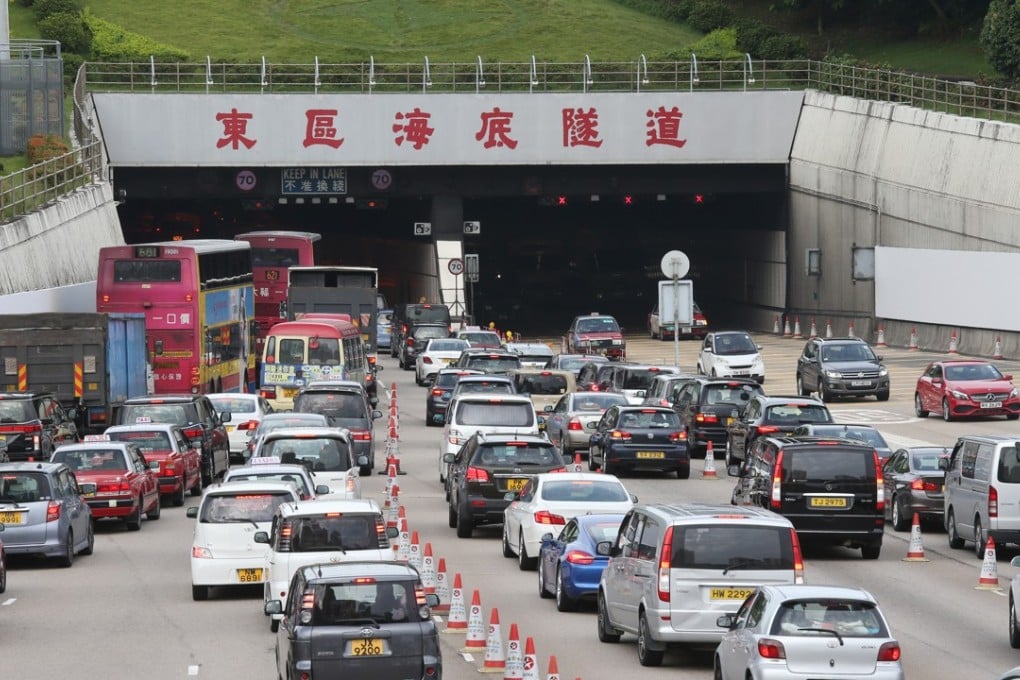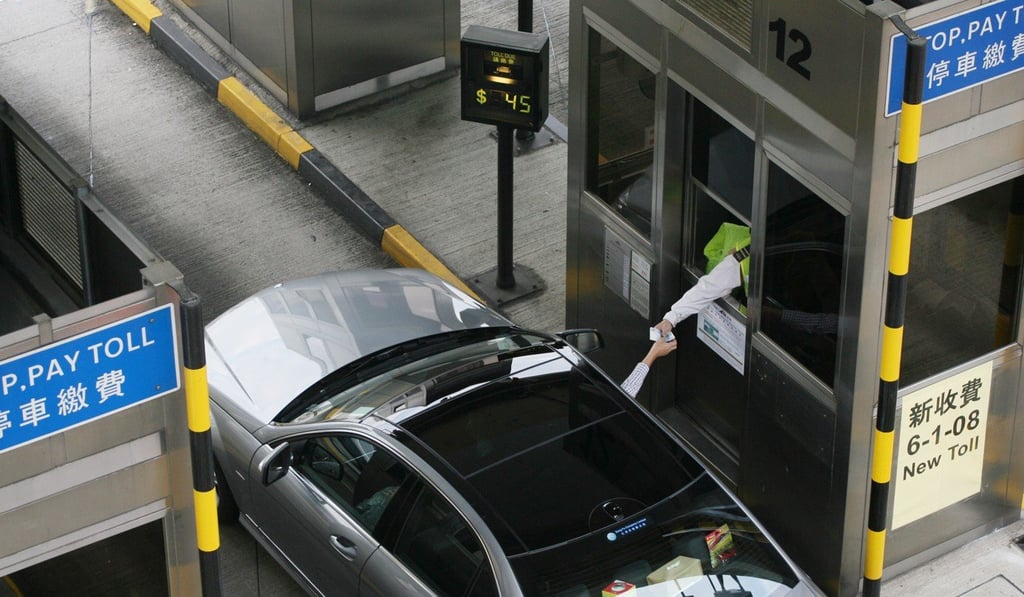Hong Kong’s tunnel tolls need to change before the city grinds to a halt
Bernard Chan says policymakers and the public must overcome interest groups’ objections to reform of the pricing system, before traffic overwhelms the whole tunnel system in the next three to four years

These jams are about 3km long. The result is that a trip, taking maybe 10 minutes if the route were clear, takes more than 30 minutes. Meanwhile, the Western Harbour Tunnel, from Western to West Kowloon, has no queues and no delays.
Further north, in Kowloon, there is a similar discrepancy. The Lion Rock Tunnel linking Sha Tin to Wong Tai Sin has a 1.8km queue, on average, in the morning, taking up to 17 minutes to clear. The Route 8 tunnel, from Sha Tin to Cheung Sha Wan, has no queues or delays. Part of the problem is that the most popular tunnels are the most centrally located, and therefore most convenient for many commuters.

Tolls at Cross-Harbour and Lion Rock tunnels may increase to ease Hong Kong jams
The problem is made worse by pricing. Logically, the links with the highest demand should have higher tolls than the others (or at least the same). Instead, the most popular, crowded tunnels are the cheapest. Even motorists who would have a quicker journey using the other tunnels use them.
At some point, this has to change. The whole tunnel system will be overloaded by 2021 unless the pricing structure changes.